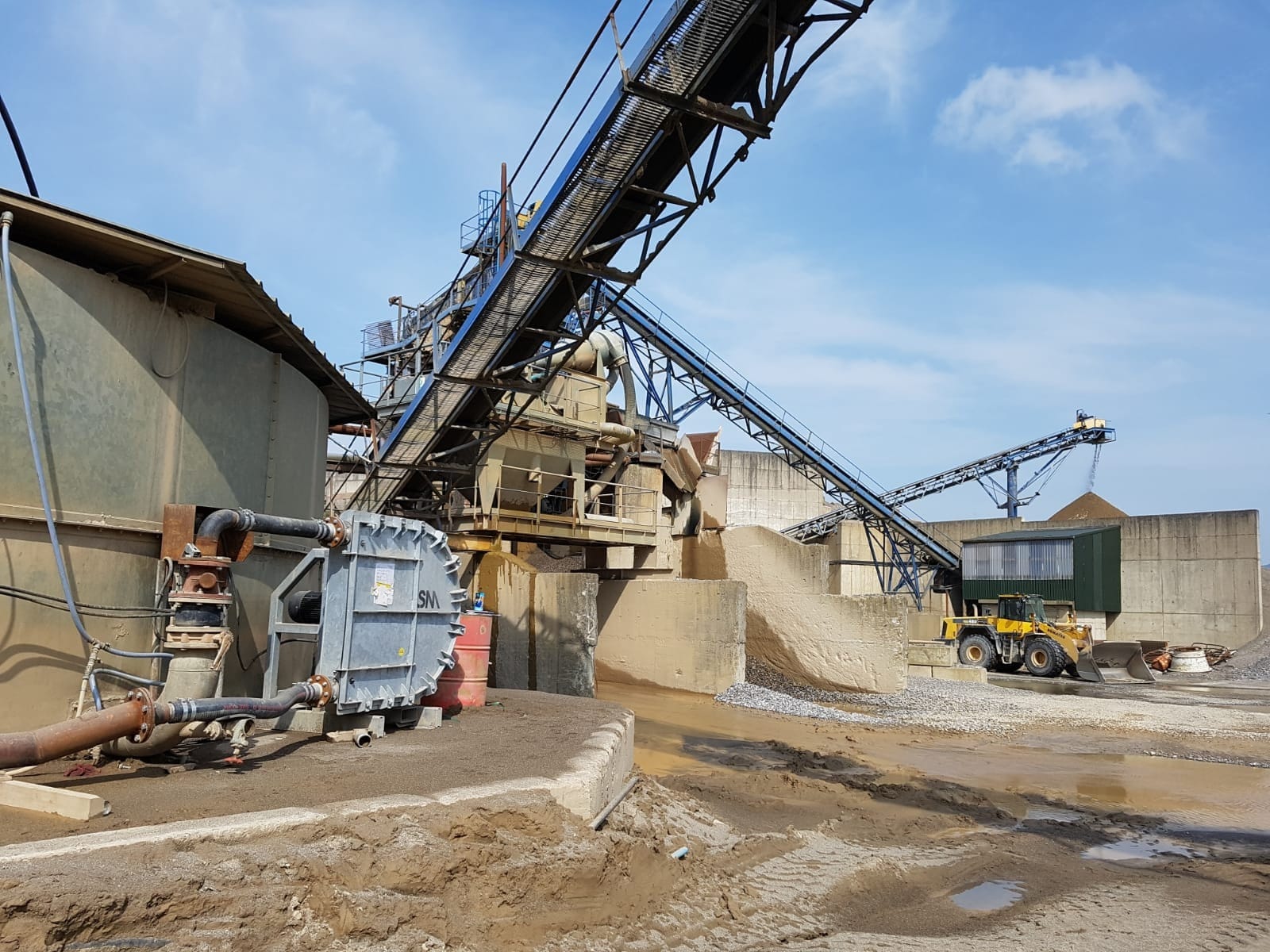LSM Peristaltic Pumps
LSM Pumps are a Danish based company and are one of the main players in the peristaltic pumps industry.
Overview
LSM produce a range of different sizes of peristaltic pump ranging from common sizes such as the LSM-25 (1”) up to the LSM-200 (8”) model – recognised as the largest peristaltic pump in the world.
LSM pumps can be used in a wealth of industries including food, mining, chemical, and agriculture. They are also used on and off shore, in biogas and in the production of concrete and paint. They are especially important in the fishing industry.
Features & Benefits
LSM pumps are used globally and are known for their low power consumption, low and easy maintenance and their exceptional build quality. These self-priming, high pressure LSM pumps are able to run dry and have the ability to pass large objects.
Advantages of LSM pumps:
- It is reversible. Depending on what the rotation direction is set to, the influx and outflow for the pump can be either at the top or at the bottom.
- It is self-priming.
- Easy to service. LSM pumps do not need to be dismantled during hose changes.
- A hose pump an run dry.
- Low energy consumption compared to other hose pumps. The glycerine in the pump casing lubricates the hose and the rollers in the hose pump, which results in a very low energy consumption.
- The pump is sealed and protected against back flow, even when it is not in operation as the rollers always push the hose flat.
- Good hygiene. Only the hose is in contact with the fluid which is being pumped. Bearings and gaskets are not affected. Abrasive fluid does not affect hose pumps.
- Solid objects can to a certain extent pass through the hose. Depending on the hose’s diameter, it is possible to handle foreign objects such as sand, pebbles and similar. Hose pumps can even handle fish up to a certain size, without damage.
- Is suitable for fluids with a high viscosity and a high dry matter content. As it is suitable for thicker fluids and aggressive fluids, it is a robust pump that can be used in harsh environments and can handle abrasives.
- The main components of a peristaltic hose pump are the pump casing, the hose and the rotor. When the rotor turns, the rollers on the rotor squeeze the hose flat. In front of the roller, pressure builds up and because of the hose’s elasticity a vacuum builds up behind the roller. The pressure pushes the fluid out of the hose and the vacuum sucks the new fluid in.
Specification
From 150L per hour to 300m3 per hour
Hose: 10mm to 200mm
Flow: 2.5 to 300 l/min




